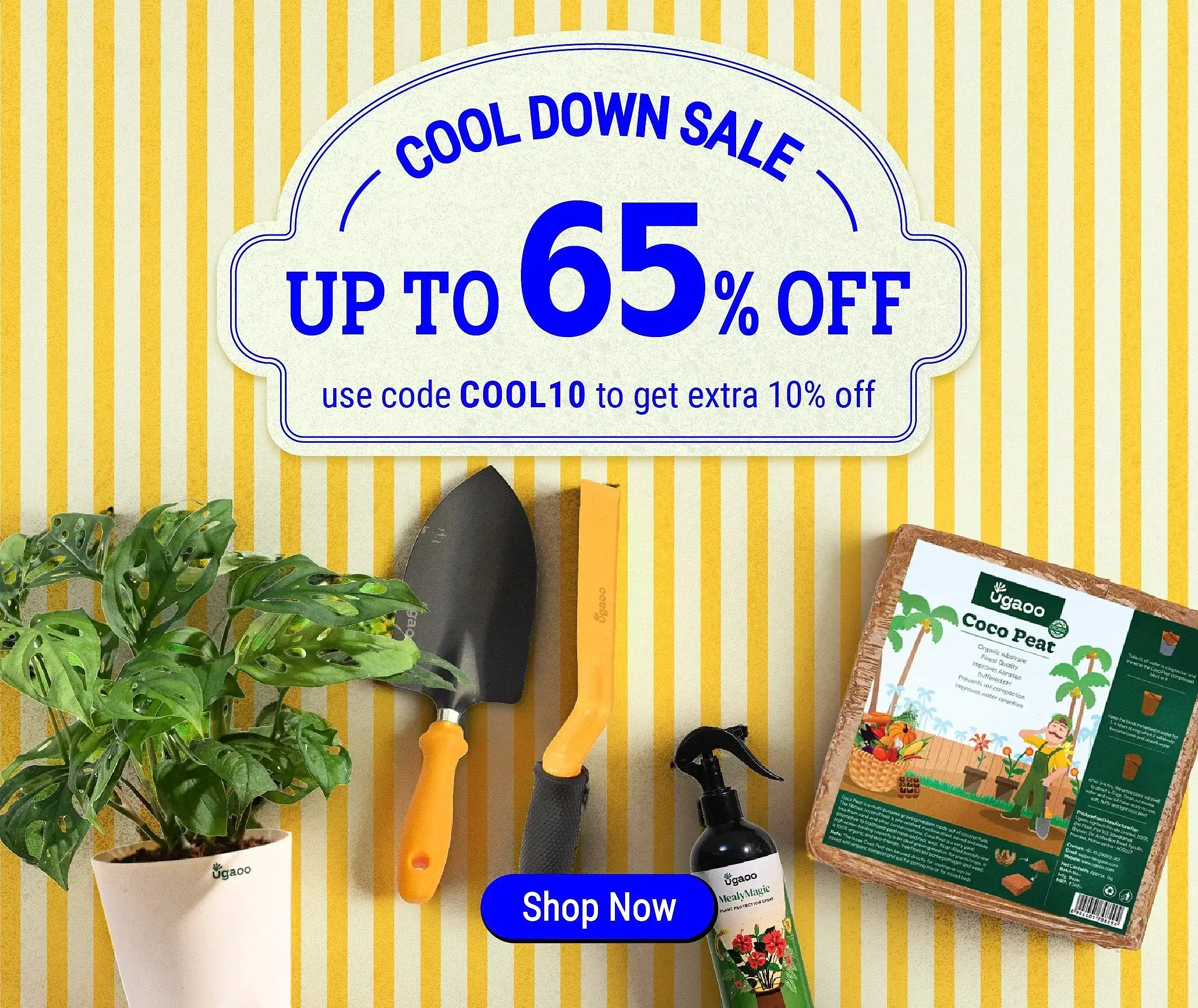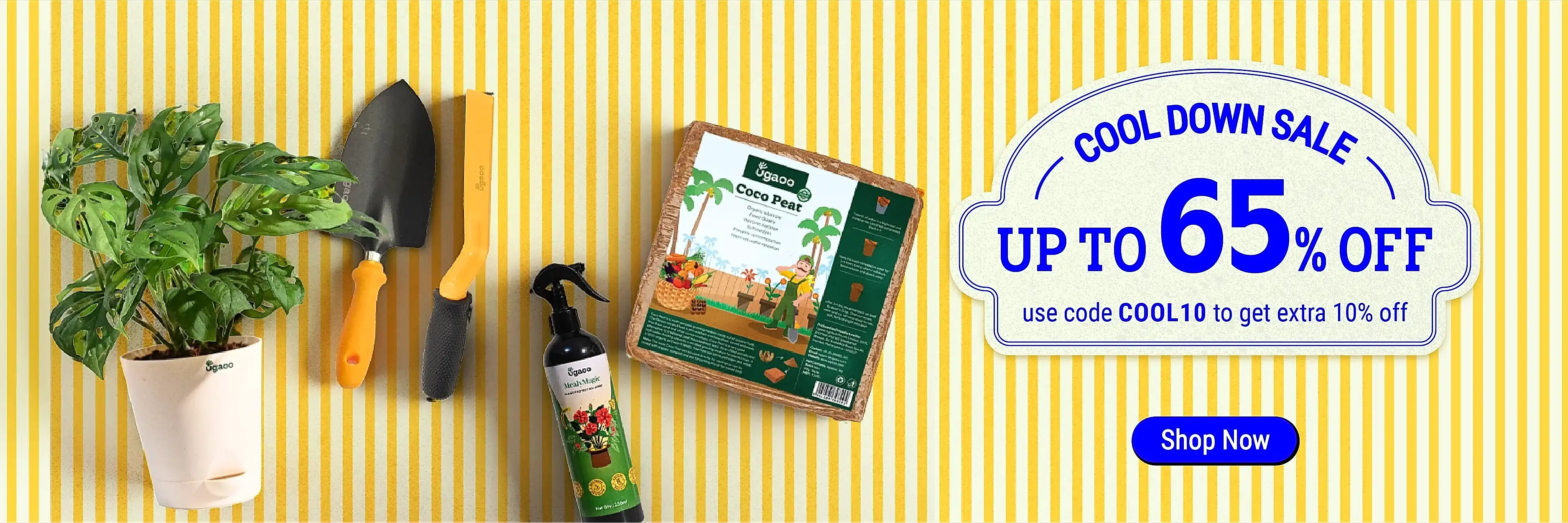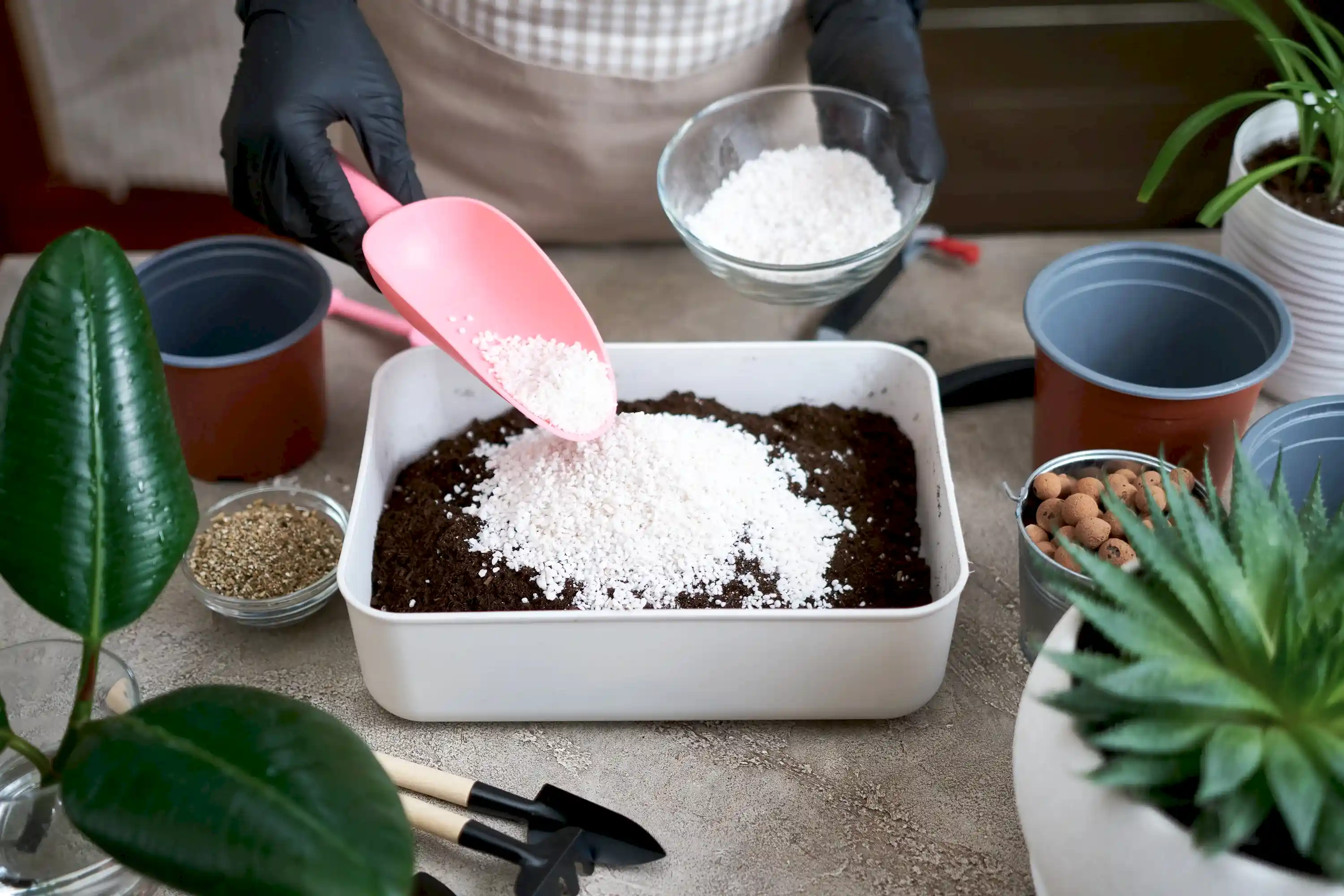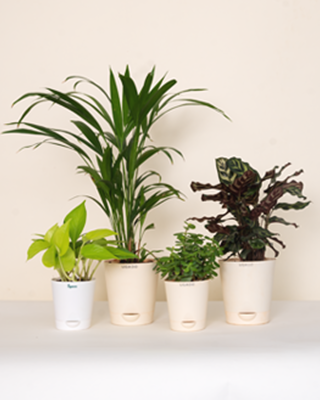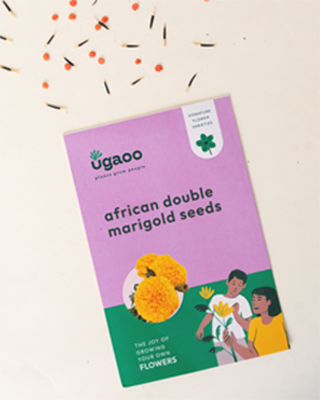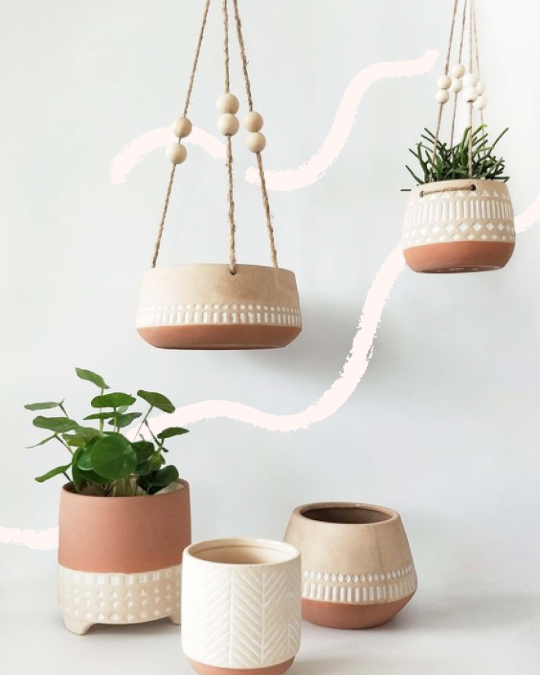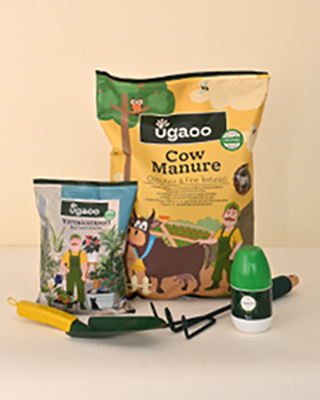If you've ever wandered through the aisles of your favorite plant store, you’ve probably come across those little white, pebble-like pieces called perlite. But, what exactly is perlite for plants, and does it really make a difference?
Well, buckle up, fellow plant lovers, because we’re about to dig deep into the world of perlite for gardening and uncover how this seemingly simple addition can work wonders for your garden.
Spoiler alert: it might just be the secret ingredient your plants have been craving!
Buy Perlite for Your Plants!
• First Things First—What is Perlite?

Perlite is a naturally occurring volcanic glass, and it’s the secret sauce behind many healthy plant setups! It’s formed when volcanic rocks, primarily obsidian, are heated to incredibly high temperatures (around 1600°F).
This causes the perlite to expand into those lightweight, white, puffed-up particles we recognize. Originally discovered in the 1940s, perlite was used in construction, but plant enthusiasts soon realized its insane potential as a gardening material.
With its ability to improve soil drainage and aeration, perlite became a must-have ingredient for healthy, thriving plants!
But is the hype around this white, powdery material actually worth it?
• Perlite Benefits for Plants: Is It Actually Helping Your Precious Greens?

If you ask us if perlite for plants is truly worth the hype, we'll tell you—absolutely! But just one word isn't going to make any difference till you know just how much this material can help your plants in the long run.
So, here are a few perlite benefits for plants that will leave you wanting more!
1. Boosts Drainage and Prevents Waterlogging

Perlite for gardening is a game-changer when it comes to soil drainage. Its porous nature allows excess water to flow through the soil, preventing waterlogging.
This is especially beneficial for plants that dislike their roots sitting in soggy soil. With better drainage, your plants' roots can breathe easier and avoid the dreaded root rot!
Succulents like the Jade or even Peperomia plants can greatly benefit from perlite for this reason!
2. Improves Soil Aeration
The small air pockets inside perlite create space in the soil, which increases oxygen circulation around the roots. Healthy, oxygen-rich soil helps plants grow strong, as their roots aren’t suffocated.
Plants like succulents and cacti, which need good aeration, especially thrive after adding perlite to garden soil in their pots.
Pro Tip: Ugaoo's carefully curated Cactus and Succulent Potting Mix is an excellent blend of perlite, cow manure, and soil—a blend that ensures perfect aeration and optimal growth!
3. Helps with Root Development

Perlite doesn’t just help roots breathe; it also encourages healthier root growth! When perlite is mixed into potting soil, it allows roots to spread out more easily, creating a stronger and more expansive root system.
This is key for plants that need a solid foundation to grow tall and strong such as Boxwood Buxus and Ficus plants like the Ficus Lyrata.
4. Lightens the Soil for Better Plant Growth
Heavy soils can be a nightmare for plant growth. Perlite is lightweight, so when mixed with soil, it lightens the texture, making it easier for plant roots to penetrate the soil and establish themselves.
Adding perlite to garden soil is like giving your plants a cozy, breathable mattress to grow in!
Perlite for gardening is an excellent match for clayey soils and other soils that tend to get compacted easily.
5. Prevents Soil Compaction

Over time, garden soil can compact, making it hard for roots to spread out. Adding perlite to garden soil helps keep it loose and airy, preventing it from becoming too dense and compacted.
This ensures that your plants have the space they need to expand their roots and take in nutrients efficiently.
Essentially, you're unlikely to hear bad things about Perlite anywhere, which makes it a super safe plant care solution.
The best part? It's also insanely beneficial (as you've just read above) and wonderfully easy to use. But how can you start using perlite for growing plants? Let's get into it!
• Using Perlite for Growing Plants: How To Go About It?
Did you know that you don't always have to mix perlite into potting soil to use it? There are many different ways of using perlite for growing plants, seeds, seedlings, and more!
Here are some ways you can use it:
1. Mix Perlite with Potting Soil

The simplest way to use perlite is by mixing it into your potting soil. The simplest way to use perlite is by mixing it into your potting soil.
For most plants, a good starting point is to add about 20-30% perlite to your regular potting mix. This ensures better drainage and aeration, especially for plants that prefer well-draining soil like succulents, cacti, or herbs.
2. Create a Custom Soil Mix for Specific Plants
Different plants have different needs, so you can tweak the ratio of perlite based on your plant’s requirements.
The ratio is simple—you add 1 part of perlite every 3-4 parts of soil, i.e. in the 1:3 or 1:4 ratio.
Working with succulents? Then they might need a little more! For succulents and cacti, a 1:2 or 1:1 ratio works best to ensure that the soil dries out quickly and doesn’t retain too much moisture.
3. Use Perlite for Seed Starting and Seedlings

Perlite can be a fantastic medium for germinating seeds! You can use it alone or mix it with a bit of coco peat to create a lightweight, sterile environment for seedlings.
This helps with root development and ensures the young plants don’t suffer from the moisture imbalance that can occur with denser mixes.
4. Repotting with Perlite
When repotting your plants, mix perlite into your new potting soil to give your plant a fresh, well-draining foundation.
This is especially beneficial if your plant has outgrown its pot and you want to ensure the new roots have plenty of room to spread out.
5. Top Dressing for Extra Drainage

If you’re dealing with plants that need extra drainage, you can add a thin layer of perlite to the top of the soil.
This helps keep the surface dry and prevents the soil from compacting, which is especially helpful for plants in containers that may be more susceptible to root rot.
So, is perlite the miracle ingredient for your plants? While it might not be a magical fix, it certainly makes a real difference!
By improving drainage, aeration, and root development, perlite helps create the perfect environment for your plants to thrive. Whether you're a seasoned gardener or just starting out, adding perlite to your plant care routine is a small change that can lead to big results.
Give it a try, and watch your greens grow happier and healthier!

